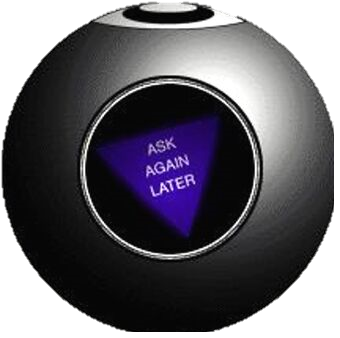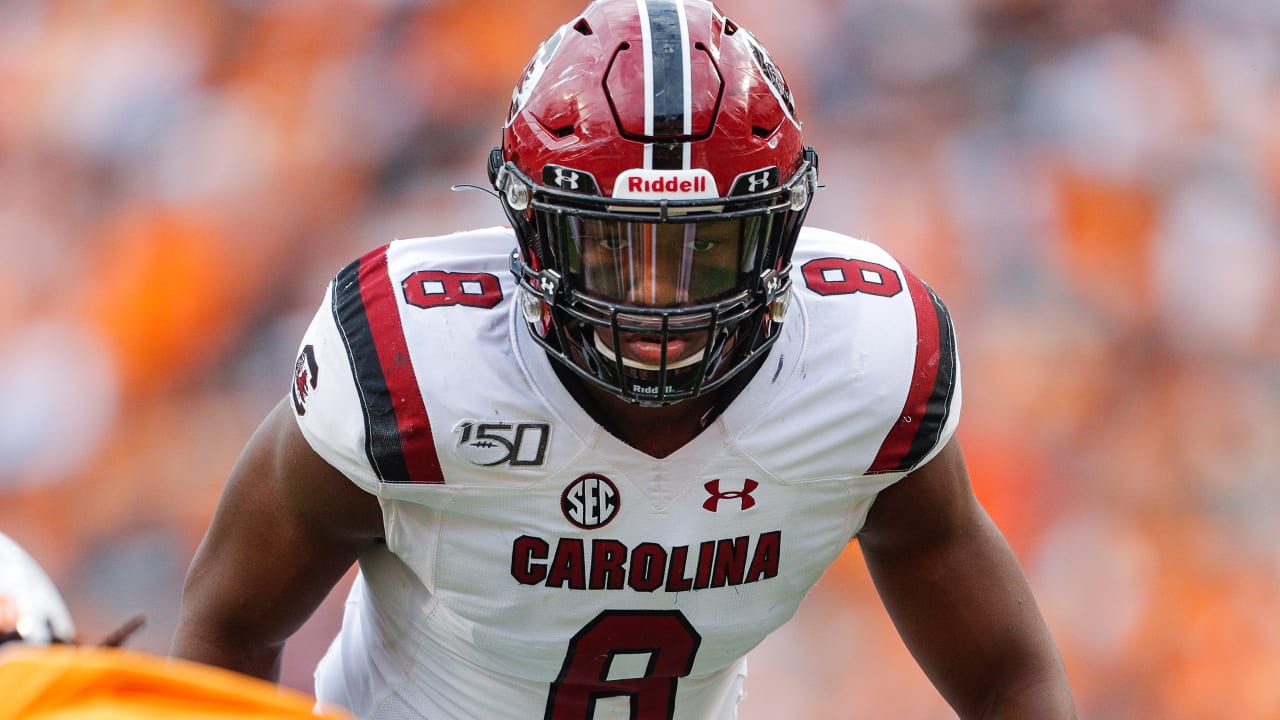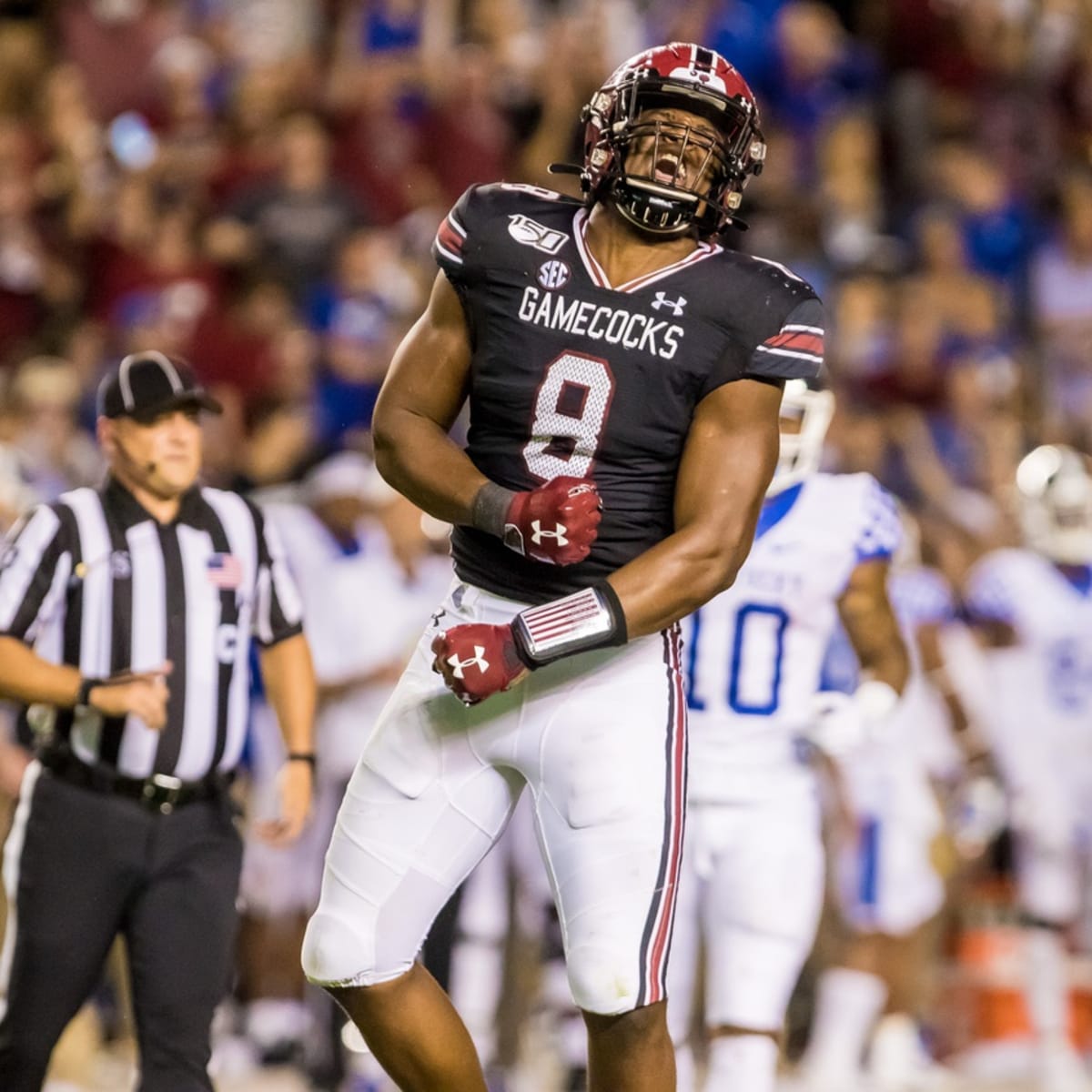Bad Company - Gone, Gone, Gone (2009 Remaster)
Gamecock Fanatics
You are using an out of date browser. It may not display this or other websites correctly.
You should upgrade or use an alternative browser.
You should upgrade or use an alternative browser.
Countdown to Kickoff II: The Final 24 Days
- Thread starter Swayin
- Start date
The famed B-17G Flying Fortress Nine-O-Nine.

Sa-lute!

https://en.wikipedia.org/wiki/Nine-O-NineNine-O-Nine was a Boeing B-17G-30-BO Flying Fortress heavy bomber, of the 323rd Bomb Squadron, 91st Bomb Group, that completed 140 combat missions during World War II, believed to be the Eighth Air Force record for most missions, without loss to the crews that flew her. A different B-17G, painted to mimic the Nine-O-Nine, crashed at Bradley International Airport in Windsor Locks, Connecticut in October 2019.
Service history
The original aircraft, from a group of 30 B-17Gs manufactured by Boeing, was nicknamed after the last three digits of her serial number: 42-31909. Nine-O-Nine was added to the USAAF inventory on December 15, 1943, and flown overseas on February 5, 1944. After depot modifications, she was delivered to the 91st BG at RAF Bassingbourn, England, on February 24, 1944, as a replacement aircraft, one of the last B-17s received in factory-applied camouflage paint.
A former navigator of the 91st BG, Marion Havelaar, reported in his history of the group that Nine-O-Nine completed either 126 or 132 consecutive missions without aborting for mechanical reasons, also believed to be a record. M/Sgt. Rollin L. Davis, maintenance line chief of the bomber, received the Bronze Star for his role in achieving the record.
Her first bombing raid was on Augsburg, Germany, on February 25, 1944. She made 18 bombing raids on Berlin. In all she flew 1,129 hours and dropped 562,000 lbs. (225 tonnes) of bombs. She had 21 engine changes, four wing panel changes, 15 main gas tank changes, and 18 changes of Tokyo tanks (long-range fuel tanks).
Nine-O-Nine returned to the United States after the war in Europe finished, on June 8, 1945. She was sent to the RFC facility at Kingman, Arizona on December 7, 1945, and eventually scrapped.
Sa-lute!
Last edited by a moderator:
IX Fighter Command

https://en.wikipedia.org/wiki/IX_Fighter_Command
Captain Edwin O. Fisher, 362d Fighter Group of IX Fighter Command, 7 aerial victories; 3 V-1 Flying Bombs; 25 enemy vehicles and 5 locomotives. (below)The IX Fighter Command was a United States Army Air Forces formation. Its last assignment was with the Ninth Air Force, based at Erlangen, Germany. It was inactivated on 16 November 1945.

https://en.wikipedia.org/wiki/IX_Fighter_Command
The Ninth Air Force
.png)
.png)
https://en.wikipedia.org/wiki/Ninth_Air_ForceNinth Air Force (United States Air Forces Central Command) (9 AF/USAFCENT) is a Numbered Air Force of the United States Air Force headquartered at Shaw Air Force Base, South Carolina. It is the Air Force Service Component of United States Central Command (USCENTCOM), a joint Department of Defense combatant command responsible for U.S. security interests in 27 nations that stretch from the Horn of Africa through the Persian Gulf region, into Central Asia.
Activated as 9th Air Force on 8 April 1942, the command fought in World War II both in the Western Desert Campaign in Egypt and Libya and as the tactical fighter component of the United States Strategic Air Forces in Europe (USSTAF), engaging enemy forces in France, the Low Countries and in Nazi Germany. During the Cold War, it was one of two Numbered Air Forces of Tactical Air Command.
Co-designated as United States Central Command Air Forces (CENTAF) on 1 January 1983, on 2009 as part of a complicated transfer of lineage, the lineage and history of the Ninth Air Force was bestowed on USAFCENT, and a new Ninth Air Force, which technically had no previous history, was activated. On 20 August 2020, the 9 AF designation was returned to USAFCENT with the deactivation of the 2009 established 9 AF. It has fought in the 1991 Gulf War, War in Afghanistan (OEF-A, 2001–present), the Iraq War (OIF, 2003–2010), as well as various engagements within USCENTCOM.
IX Bomber Command

https://en.wikipedia.org/wiki/Bomber_Command#IX_Bomber_Command
IX Bomber Command was part of the Ninth Air Force and had started life as the heavy bomber unit contingent of the U.S. Army Forces in the Middle East (USAFIME) fighting in the Egypt-Libya Campaign during 1942. When in 1943, the Ninth Air Force moved from the Mediterranean Theater of Operations to the United Kingdom to become a tactical air force in the European Theater of Operations, the B-24s transferred to Twelfth Air Force, then to the newly created Fifteenth. IX Bomber Command equipped with Martin B-26 medium bombers and Douglas A-20 light bombers in preparation for the Normandy Invasion.

https://en.wikipedia.org/wiki/Bomber_Command#IX_Bomber_Command
IX Tactical Air Command

https://en.wikipedia.org/wiki/IX_Tactical_Air_Command
393rd Fighter Squadron Lockheed P-38J-10-LO Lightning 42-68004 (below)The IX Tactical Air Command was a United States Army Air Forces unit. Its last assignment was with the Ninth Air Force, based at Camp Shanks, New York. It was inactivated on 25 October 1945.

https://en.wikipedia.org/wiki/IX_Tactical_Air_Command
The crew of the 323rd Bomb Squadron, 91st Bomb Group in front of their B-17 Flying Fortress “Stric Nine”.
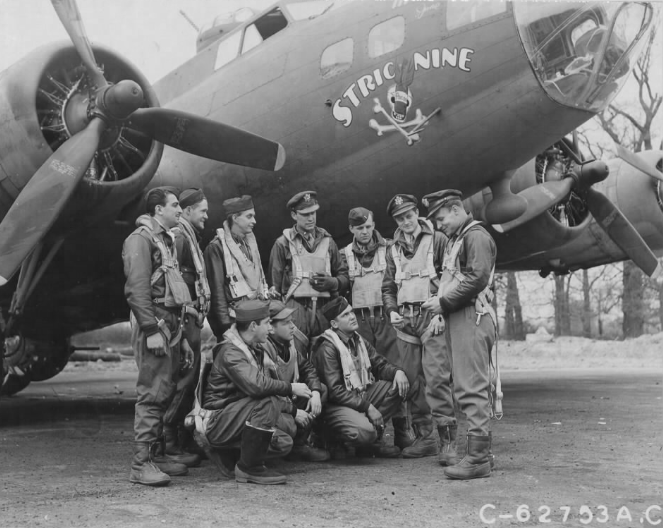

ALEXANDER C. STRICKLAND CREW - 427th BS
Stric-Nine #42-5392 (427BS) GN-X
(crew assigned 427BS: 20 Mar 1943)
(Back L-R) Capt Alexander C. Strickland (P), Lt Curtis M. Olsen (CP), 1Lt Carl L. Hokans (N), 1Lt Edwin G. Lamme (B)
(Front L-R) S/Sgt Ralph R. Strohsack (RWG), T/Sgt Albert E. Martel, Jr. (R), S/Sgt Edward E. McGill (LWG)(KIS), S/Sgt Raymond R. Peck (BTG), S/Sgt John Baart (E), S/Sgt Anthony W. Sherg (TG)
NOTE: S/Sgt Edward E. McGill (LWG) - Completed 28 combat missions on 03 Sept 1944. First mission (#28) with another Pilot. All other missions with the Strickland crew. On June 1, 1944 S/Sgt McGill was killed in an airplane crash in Belfast, Ireland. He had just been back a week after a four-month furlough to the States.
Ranks and Grades at end of final 303rd BG(H) combat mission.
http://www.303rdbg.com/427strickland.html

The members of the Capt. Alexander C. Strickland crew pose in front of their favorite B-17. (below)427th BS B-17Fs flown by the Strickland Crew:
42-5081 (GN-V) Luscious Lady (1 mission), 42-5392 (GN-X) Stric Nine (17 missions), 42-29944 (GN-E) Winning Run (3 missions), 42-3158 (GN-Y) Max (1 mission), 42-5341 (GN-Q) Vicious Virgin (6 missions)
Strickland Crew favorite B-17:
42-5392 (GN-X) Stric Nine - Name was a play on words based upon the Pilot's name (Strickland) and the number "9" in the aircraft serial number. Last flown by the Strickland Crew on mission #51, 17 July 1943. Ditched in the North Sea after being hit by enemy fighters on mission #61, 19 August 1943 (6 KIA & 4 POWs), by the Lauren H. Quillen Crew, who were flying on their first combat mission.
ALEXANDER C. STRICKLAND CREW - 427th BS
Stric-Nine #42-5392 (427BS) GN-X
(crew assigned 427BS: 20 Mar 1943)
(Back L-R) Capt Alexander C. Strickland (P), Lt Curtis M. Olsen (CP), 1Lt Carl L. Hokans (N), 1Lt Edwin G. Lamme (B)
(Front L-R) S/Sgt Ralph R. Strohsack (RWG), T/Sgt Albert E. Martel, Jr. (R), S/Sgt Edward E. McGill (LWG)(KIS), S/Sgt Raymond R. Peck (BTG), S/Sgt John Baart (E), S/Sgt Anthony W. Sherg (TG)
NOTE: S/Sgt Edward E. McGill (LWG) - Completed 28 combat missions on 03 Sept 1944. First mission (#28) with another Pilot. All other missions with the Strickland crew. On June 1, 1944 S/Sgt McGill was killed in an airplane crash in Belfast, Ireland. He had just been back a week after a four-month furlough to the States.
Ranks and Grades at end of final 303rd BG(H) combat mission.
http://www.303rdbg.com/427strickland.html
USS Hornet (CV-8)
_underway_in_Hampton_Roads_on_27_October_1941.jpg/1280px-USS_Hornet_(CV-8)_underway_in_Hampton_Roads_on_27_October_1941.jpg)
_underway_in_Hampton_Roads_on_27_October_1941.jpg/1280px-USS_Hornet_(CV-8)_underway_in_Hampton_Roads_on_27_October_1941.jpg)
https://en.wikipedia.org/wiki/USS_Hornet_(CV-8)USS Hornet (CV-8), the seventh U.S. Navy vessel of that name, was a Yorktown-class aircraft carrier of the United States Navy. During World War II in the Pacific Theater, she launched the Doolittle Raid on Tokyo and participated in the Battle of Midway and the Buin-Faisi-Tonolai Raid. In the Solomon Islands campaign, she was involved in the capture and defense of Guadalcanal and the Battle of the Santa Cruz Islands where she was irreparably damaged by enemy torpedo and dive bombers.
Faced with an approaching Japanese surface force, Hornet was abandoned and later torpedoed and sunk by approaching Japanese destroyers. Hornet was in service for a year and six days and was the last US fleet carrier ever sunk by enemy fire. For these actions, she was awarded four service stars, a citation for the Doolittle Raid in 1942, and her Torpedo Squadron 8 received a Presidential Unit Citation for extraordinary heroism for the Battle of Midway. Her wreck was located in late January 2019 near the Solomon Islands.
Torpedo Squadron 8


U.S. Navy ground personnel push a Douglas TBD-1 Devastator (BuNo 0284, "8-T-7") of Torpedo Squadron Eight (VT-8) into place at Naval Air Station Norfolk, Virginia (USA) in March 1942. Just over three months after this photograph was taken, the squadron, under the command of LCDR John C. Waldron, was wiped-out during the Battle of Midway. Including a land-based contingent flying TBF-1 Avengers from Midway Island and carrier-based Devastators, only three pilots and aircrewman survived action on 4 June 1942. "T-7" was lost with its crew, Ens. John Porter Gray and Max Arthur Calkins, ARM3c.
Ens. Gay (right), sole survivor of Devastator attack at Midway (below)

Ensign George H. Gay Jr. (right), sole survivor of VT-8's TBD Devastator group, in front of his aircraft with his rear gunner, ARM3c George Arthur Field, while Hornet was in the Coral Sea, c. May 1942. However, Field was not Gay's rear gunner on the Midway mission that day. That was Aviation Radioman Third Class Bob Huntington.
Gay unsuccessfully attempted to unstrap and free the unconscious (and presumed dead) Huntington from the rapidly sinking Devastator. Gay later recalled the water being dark with Huntington's blood. Unfortunately Petty Officer Field in the picture above would also die in another Devastator on the same June 4th mission.
Gay was rescued at sea and flown to Midway. Because he was the only eyewitness to the destruction of the 3 Japanese carriers in the initial attack, he was flown to Pearl Harbor within 24 hours and personally debriefed by Admiral Nimitz and his staff. Both Gay and Nimitz and were from Texas and Nimitz visited with Gay several times during the war when they were both in Texas.

"8-T-7" at NAS Norfolk in March 1942. (below)Torpedo Squadron 8 (VT-8) was a United States Navy squadron of World War II torpedo bombers. VT-8 was assigned initially to the air group of the aircraft carrier USS Hornet, joining the ship shortly after her commissioning in October 1941.
After heavy losses in the Battle of Midway, VT-8 was assigned to USS Saratoga. When Saratoga was disabled on 31 August, VT-8 was transferred to Henderson Field on Guadalcanal, operating there until November 1942. Due to heavy cumulative losses on Guadalcanal, VT-8 was then withdrawn and disbanded.
A second VT-8 was established in 1943, and served on USS Bunker Hill until the end of the war.
Midway
VT-8's first and best-known combat mission came during the Battle of Midway on 4 June 1942. Flying obsolete Douglas TBD Devastators, all of Lieutenant Commander John C. Waldron's fifteen planes were shot down during their unescorted torpedo attack on Imperial Japanese Navy aircraft carriers. The squadron failed to damage any Japanese carriers or destroy enemy aircraft.
Only one member of VT-8 who flew from Hornet on that day survived in the action, Ensign George Gay. Ensign Gay was rescued the day following the battle. Torpedo 8 was afterwards awarded the American Presidential Unit Citation.
Just prior to the Battle of Midway, the reconstituted Torpedo 8 was the first squadron equipped with the new Grumman TBF-1 Avenger, a bigger, faster, longer-ranged replacement for the TBD. When Hornet sailed to the Pacific, a detachment of the squadron under the command of Lieutenant Harold "Swede" Larsen remained in Norfolk, Virginia to receive the first shipment of the new aircraft.
Larsen's detachment arrived at Pearl Harbor the day after Hornet sailed for Midway Island. Six of the squadron's Avengers were flown to Midway under the command of Lieutenant Langdon K. Fieberling to participate in the battle. These planes were the first Navy aircraft to attack the Japanese fleet that day. They attacked without fighter cover, and five of the Avengers were shot down, with only Ensign Albert K. Earnest and Radioman 2nd Class Harry Ferrier surviving, on a badly shot-up plane with damaged controls and landing gear, and a dead rear-gunner.
Literature
Herman Wouk's novel War and Remembrance pays tribute to Torpedo 8, whose pilots he called "the soul of America in action."

U.S. Navy ground personnel push a Douglas TBD-1 Devastator (BuNo 0284, "8-T-7") of Torpedo Squadron Eight (VT-8) into place at Naval Air Station Norfolk, Virginia (USA) in March 1942. Just over three months after this photograph was taken, the squadron, under the command of LCDR John C. Waldron, was wiped-out during the Battle of Midway. Including a land-based contingent flying TBF-1 Avengers from Midway Island and carrier-based Devastators, only three pilots and aircrewman survived action on 4 June 1942. "T-7" was lost with its crew, Ens. John Porter Gray and Max Arthur Calkins, ARM3c.
Ens. Gay (right), sole survivor of Devastator attack at Midway (below)

Ensign George H. Gay Jr. (right), sole survivor of VT-8's TBD Devastator group, in front of his aircraft with his rear gunner, ARM3c George Arthur Field, while Hornet was in the Coral Sea, c. May 1942. However, Field was not Gay's rear gunner on the Midway mission that day. That was Aviation Radioman Third Class Bob Huntington.
Gay unsuccessfully attempted to unstrap and free the unconscious (and presumed dead) Huntington from the rapidly sinking Devastator. Gay later recalled the water being dark with Huntington's blood. Unfortunately Petty Officer Field in the picture above would also die in another Devastator on the same June 4th mission.
Gay was rescued at sea and flown to Midway. Because he was the only eyewitness to the destruction of the 3 Japanese carriers in the initial attack, he was flown to Pearl Harbor within 24 hours and personally debriefed by Admiral Nimitz and his staff. Both Gay and Nimitz and were from Texas and Nimitz visited with Gay several times during the war when they were both in Texas.
Last edited by a moderator:
Homebrewcock
GCF Top Poster
Homebrewcock
GCF Top Poster
Homebrewcock
GCF Top Poster
Bottom right is Collin Mackie. Troy Aikman is top right. So young looking. Barry Sanders in there as well.
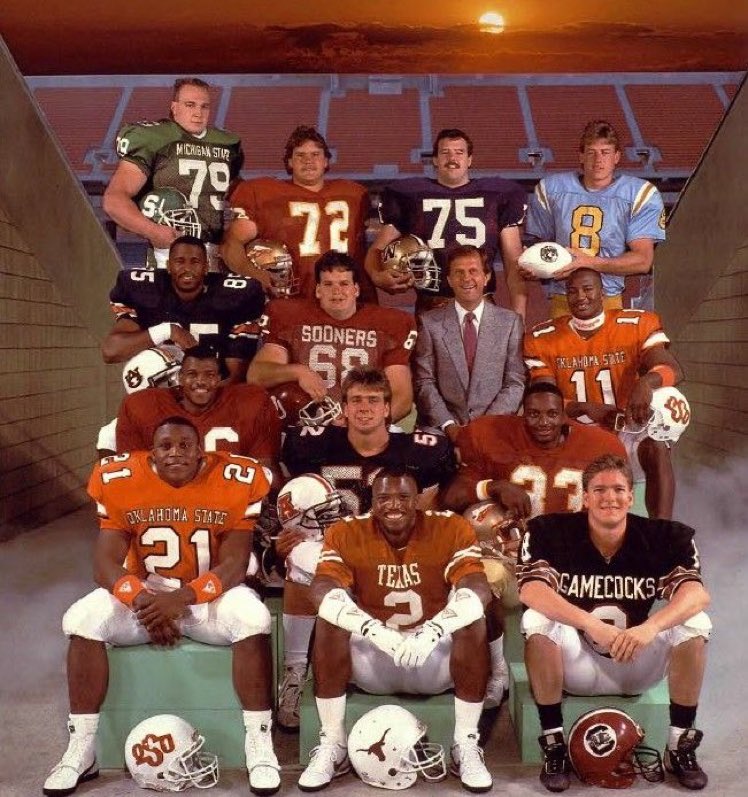

Homebrewcock
GCF Top Poster
One of the best I have seen play Gamecock baseball.
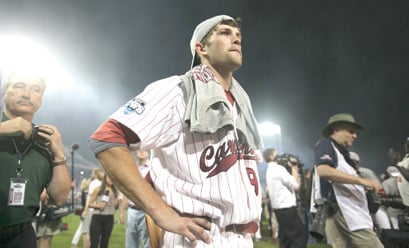
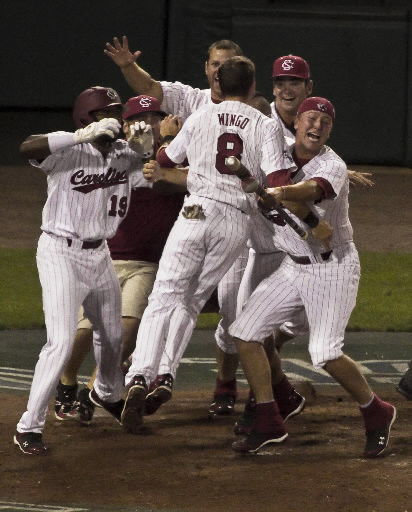






/cdn.vox-cdn.com/uploads/chorus_image/image/47015554/hi-res-0c828adc6af535d35a30140686ed4259_crop_north.0.0.jpg)

